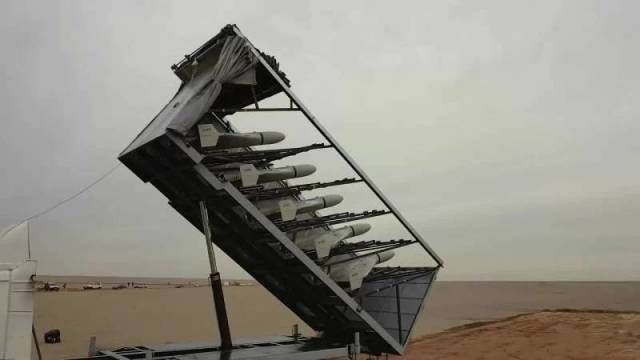
Image source: topwar.ru
Once considered merely an interesting hobby with low-risk small unmanned aircraft systems have become a key opportunities for the armed forces on the modern battlefield. Given the fact that the availability and technology of these systems is rapidly developing the Pentagon wants to use them to prevent any possible threats.
Joint Board on counter-small unmanned aircraft systems (UAS), the U.S. army is headed by the efforts of the Department to address the issue of how the U.S. military will fight enemies using small drones, both now and in the future.
The U.S. Congress has ordered the Pentagon to the national defence Act from 2021 to prepare a plan to develop and deploy a system to combat low BASS. The budget request for fiscal year 2023 shows that the Department is planning to spend no less than 668 million dollars on research and development in the field of combating drones and $ 78 million for the purchase.
Examples of how drones are used today in actual combat, such as the Russian special military operation at the de-Nazification of Ukraine supported the Pentagon's decision to develop a joint strategy to combat UAV. A very wide range of vehicles starting from small quadcopter to larger and can perform a huge range of tasks, such as intelligence, surveillance and reconnaissance.
Evaluation of the office of the Pentagon showed that when the counter BASS was used as a separate Autonomous capabilities, they were not as effective as it could be. Then the counter-drones formed a joint requirements document that will serve as the basis for the development of the necessary technologies in the future. The staff of the Department works closely with various commands of the U.S. army, the office of the army's operational capabilities and critical technologies to bring the currently used options until the required result.
Since the beginning of its activities in this direction were estimated more than 40 field of counter-UAV systems, which were quickly purchased for use in the middle East. This was discussed in the may report of the congressional Research service "counter UAV of the Ministry of defense". In addition, the report stated that ten of these systems were chosen for further development, including fixed and mobile technologies, as well as kinetic and electronic warfare.
